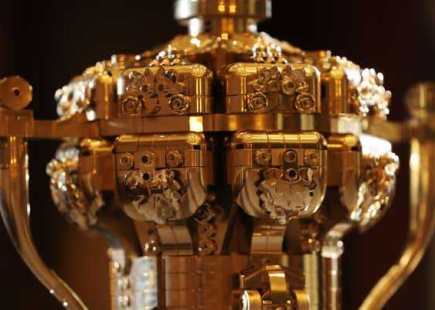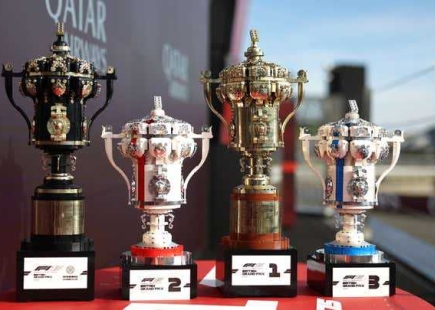F1 x LEGO: the art of an authentic partnership

A campaign at the British Grand Prix at Silverstone, the LEGO x F1 activations, won over Ogilvy’s Toby Rutherford.
As someone who's very much not a car guy, I’ll admit my understanding of the machines might be a bit patchy. But that hasn't stopped me from avidly following the partnership ever since I first saw Lewis Hamilton filming himself riding a top of a full-scale LEGO replica of his Ferrari F1 car.
It was a hilariously slow (yet fun) lap to watch, the antithesis of F1. Drivers navigating the track in vehicles designed NOT to pass yet doing so with disregard for the poor LEGO bricks strewn behind, much to the enjoyment of the crews who were there to watch the show. All the while displaying the sheer level of detail that LEGO had put into the cars’ design.
It was also clear that Hamilton and the rest of the drivers were genuinely having a blast. And that enjoyment translated to their many millions of social followers. Hamilton alone has more than 47 million. That’s a massive amount of earned social eyeballs right there.
Doubling down
This week at Silverstone, they doubled down, presenting drivers with F1 Trophies built entirely from LEGO on the podium. Again, the level of detail was impressive; the winners’ and manufacturers’ trophies measured 59cm tall and weighed 2kg.
Two brands that one would initially consider 'at odds’ with each other, finding ways to authentically connect is a great example of strong strategy and creative. For me, the insight here, if Drive to Survive has taught us anything, is that these drivers are really just big kids at heart who love driving very fast. This campaign brilliantly taps into that playful spirit.
What’s been refreshing is the consistency of activations and how they are participating within the sport, rather than activating around it. It’s created a good fit for both brands, reaching a younger audience on one hand, while targeting the older builder (and their deeper pockets) on the other. Crucially, it highlights a shared spirit of innovation and fun that resonates with both brands' core identities.


Building demographic buy-in
LEGO is a seasoned pro at this type of partnership, having collaborated with car brands before. I imagine we’ll see more unexpected pairings like this from F1 as they seek to grow viewership in surprising, often untapped demographics, especially younger, social-first audiences who value experience and authenticity above all else.
The takeaway for me is that it’s not always about the expected partnership, but the one that surprises the audience that truly resonates, with both brands pushing the boundaries of what a ‘partnership’ entails. LEGO hasn’t simply slapped a logo on some cars; they invested in full-scale F1 replicas, while the F1 fully integrated its drivers into every activation point.
What’s the unexpected partnership you’ve been thinking about for the last two years? Might be time to make it happen.
Now that I’ve fallen down the F1 algorithm rabbit hole, I just have to catch up on 75 years of F1 lore so I can understand the next race.
Images: Lego Group
If you enjoyed this article, you can subscribe for free to our weekly email alert and receive a regular curation of the best creative campaigns by creatives themselves.
Published on:





